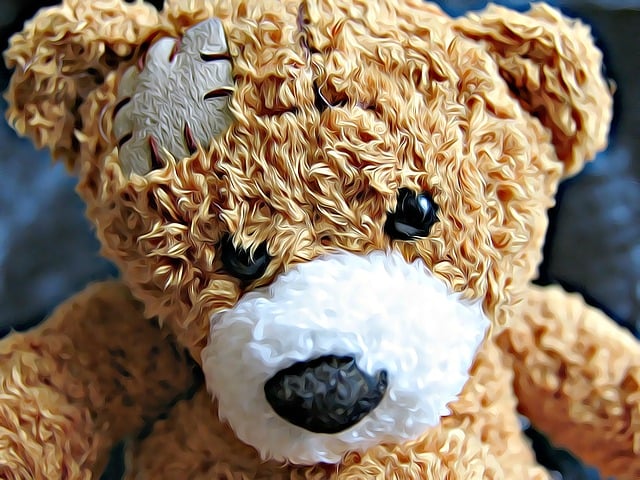As parents and caregivers of children with autism, one of the most challenging situations can be when a child is in pain but struggles to communicate where or how they are hurting. This difficulty can lead to frustration, increased anxiety, and even behavioral challenges. However, with the right strategies, especially through autism therapy for kids, such as ABA therapy for kids, we can support children in better identifying and expressing where they feel discomfort.
Here are some practical tips to help kids with autism communicate when something is wrong:
1. Use Visual Aids
Visual aids can be a powerful tool in helping children with autism identify and communicate pain. Consider using body charts or picture cards that depict different parts of the body. Encourage your child to point to the area that hurts or looks uncomfortable. By introducing this visual language during autism therapy for kids, they become more familiar with expressing what they may find difficult to verbalize.
2. Introduce Simple Body Part Labels
During ABA therapy for kids, many therapists emphasize teaching basic body part recognition as part of the treatment plan. Start with simple words like “head,” “stomach,” “arm,” and “leg.” This foundation can be built on over time by introducing more specific terms like “throat,” “ankle,” or “wrist.” Repetition is key here. Regularly practicing these words, especially during times when the child is calm and not in distress, helps to reinforce the language they need when discomfort arises.
3. Role-Playing with Favorite Toys
Turn learning into a fun activity by role-playing with your child’s favorite toys. Have a stuffed animal or doll “pretend” to be hurt, and ask your child to describe where it hurts and how they would help. This type of practice can be extremely effective in ABA therapy for kids as it allows them to model real-life situations in a low-pressure environment.
4. Use Sensory Descriptors
Children with autism often experience sensory challenges, and pain might feel different to them than it would to neurotypical children. Help your child describe pain by associating it with sensations they can relate to, such as “hot,” “cold,” “sharp,” or “dull.” This type of sensory language is commonly integrated into autism therapy for kids, as it helps children connect their sensory experiences with verbal descriptions.
5. Encourage Body Awareness through Movement
Through ABA therapy for kids, therapists often incorporate movement exercises to increase body awareness. Encouraging your child to engage in activities like yoga for children with autism, stretching, or even simple games like “Simon Says” that require them to touch specific body parts can boost their understanding of their own physical state. The more they are in tune with their bodies, the easier it becomes for them to identify when something is wrong.
6. Create a Pain Scale
Pain scales can be a helpful communication tool for kids who are verbal but still struggle to explain their discomfort. You can create a simple pain scale with numbers from 1 to 5, or use visual cues like happy and sad faces to represent different levels of discomfort. By regularly referencing this scale in everyday situations, children learn how to communicate not only where they hurt, but how much it hurts.
7. Implement Calming Techniques
When a child is in pain, they may become overwhelmed or overstimulated, making it even harder for them to communicate effectively. Calming strategies like deep breathing exercises, weighted blankets, or noise-canceling headphones can help reduce anxiety and create a more conducive environment for communication.
8. Consult with a Therapist
If you notice your child frequently struggles to express pain, it’s important to consult with an autism specialist. Many autism therapy for kids programs focus on teaching children functional communication skills, including how to convey when something hurts. ABA therapy for kids can also be personalized to address each child’s unique needs in expressing discomfort.
Final Thoughts
Helping children with autism communicate where and when they are in pain can significantly reduce their frustration and improve their overall well-being. With the support of autism therapy for kids, such as ABA therapy for kids, these children can develop the skills they need to express discomfort and seek help when needed.
By employing these strategies both at home and in therapy, you can empower your child to communicate more effectively and ensure they receive the care and attention they need when something isn’t right.
How ABA Therapy Can Help
ABA, which stands for Applied Behavior Analysis, is a type of autism therapy for kids. It is based on the science of learning and behavior and is used to help improve several things, including social, emotional, communication, attention, and memory skills.
There are many different ways ABA therapy can be applied, including reinforcing positive behavior, teaching new skills, transferring behavior from one situation or response to another, supporting a child’s unique way of seeing the world, and honoring personal wants and needs. The exact methods can vary and are often based on a program that is customized to each individual child.
GBC ABA Therapy For Kids
GBC Autism Services provides individualized care and treatment programs for children with Autism Spectrum Disorder based on the principles of Applied Behavior Analysis (ABA). Our mission is to help transform the lives of children with autism and their families by utilizing research-proven techniques to help them reach their goals and lead fulfilling lives.
You can find more information about our services and ABA Therapy here.



